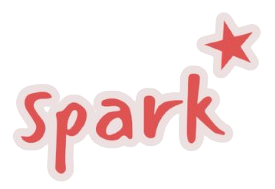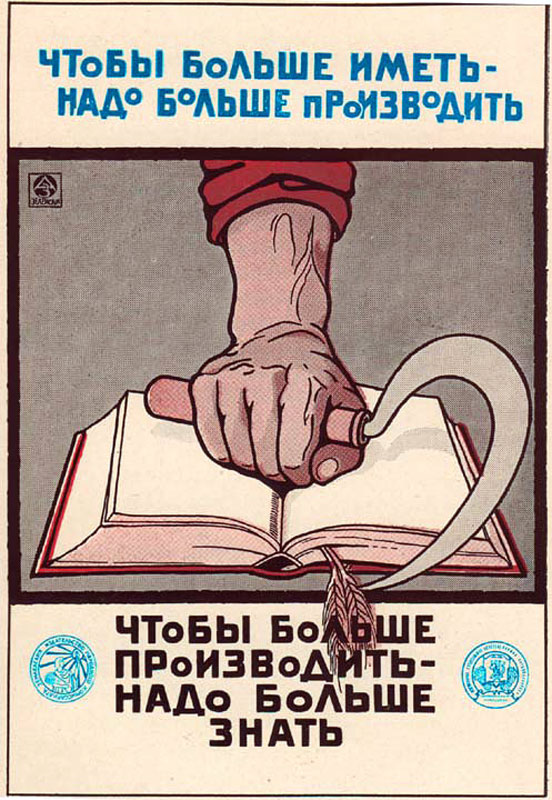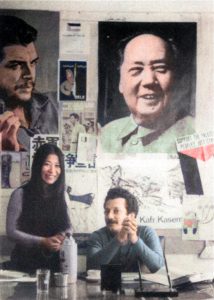“A school outside of life, outside of politics, is a lie and hypocrisy”
– Com. Lenin (at the First All-Russian Congress on Education)
In July 2020, the Government of India introduced the National Education Policy (NEP) of India 2020. The NEP suggests introducing vocational training with school education and converting many institutes of higher education to vocational training institutes. But from the documents of NEP, it is clear that it is only for creating cheap labourers for MNCs. While our government is tweaking the education policy to produce obedient and cheap labourers, let’s look back at the history of how Soviet Russia created schools by introducing the Polytechnic system which was dubbed the “World’s Largest and Most Important Educational Laboratory”.
The education system was reformed post revolution, in an attempt to raise new citizens for a new society. In October 1918, the State Commission on Education published the “Basic Principles of the Labour School.” This document firmly repudiated the traditional or bourgeois schools, abolishing exams, grades, homework, formal discipline, formal subjects, and rote learning. In its place, a single system from kindergarten to university based on polytechnic labour was envisioned. The polytechnic principle was derived from Marx. Marx and Engels stressed that “education should be mental, physical (gymnastics and games), and technical (acquainting children with the process of production).” Their educational philosophy was based on the harmonious development of physical and mental aptitudes. Lenin wrote “ labour itself is an educational process that helps students’ holistic development. However, this labour also has to be ‘linked organically and directly with learning’” thus formulating a new pedagogical theory consistent with the central objectives of the Revolution.
The characteristic feature of Soviet education was the application of the polytechnical principle. It was the training of a person who can orient themselves anywhere in the system of production and in its scientific and technical principles, has mastered the basic principles of modern science, and is prepared to change his occupation if the interests of society or their inclinations require it. A specific consequence of the polytechnical principle is the balance between mathematics and natural science, on the one hand, and humanities and the social sciences, on the other. Basically, the idea was that children should learn something about the fundamental processes of industrial and agricultural production, both by studying the theory and applying it in practice in school workshops, experimental plots, in factories, and on farms. The overall aim was to link the school with productive work, to connect the knowledge and skills gained in school with their utility, to link education with life. The education system was practice-oriented, and the number of out-of-classes rooms was greater than the number of classrooms. The schools had many workshops, laboratories, libraries, and sports areas, and most schools included cinema halls and observatories. In the cities, large schools were constructed, and most of them were located in the vicinity of production zones. State-owned plants, scientific organizations, and institutions gave students the opportunity of becoming thoroughly acquainted with the technology of production and helping them to acquire practical skills. These organizations had a right to turn over equipment free of charge to universities and colleges. The State provided land for experimental agrobiological stations and experimental farms of agricultural institutes and also plots for the construction of buildings and other premises where students could work and learn the basics of farming and production.
Outside of school, education was continued through radio, television, books, newspapers, magazines, movies, songs, celebrations, and the arts – opera, ballet, sculpture, and paintings. Correspondence courses, interest groups, science fairs, summer science camps, and other extramural activities conducted by professional scientists were common everywhere. There were also many thousands of extra-school establishments like science interest clubs, staffed by paid, fully trained professionals, including scientists. In schools, there were Soviet student governments. All children’s institutions were required to organize student bodies and allow for student representation on administrative bodies, through which children were to take part in the running of their schools.
After visiting Soviet schools, American educational reformer John Dewey came to the conclusion that only in a communist society can the kind of education reform he envisioned be achieved. He said, “The Russian educational situation is enough to convert one to the idea that only in a society based upon the cooperative principle can the ideals of educational reformers be adequately carried into operation”.



